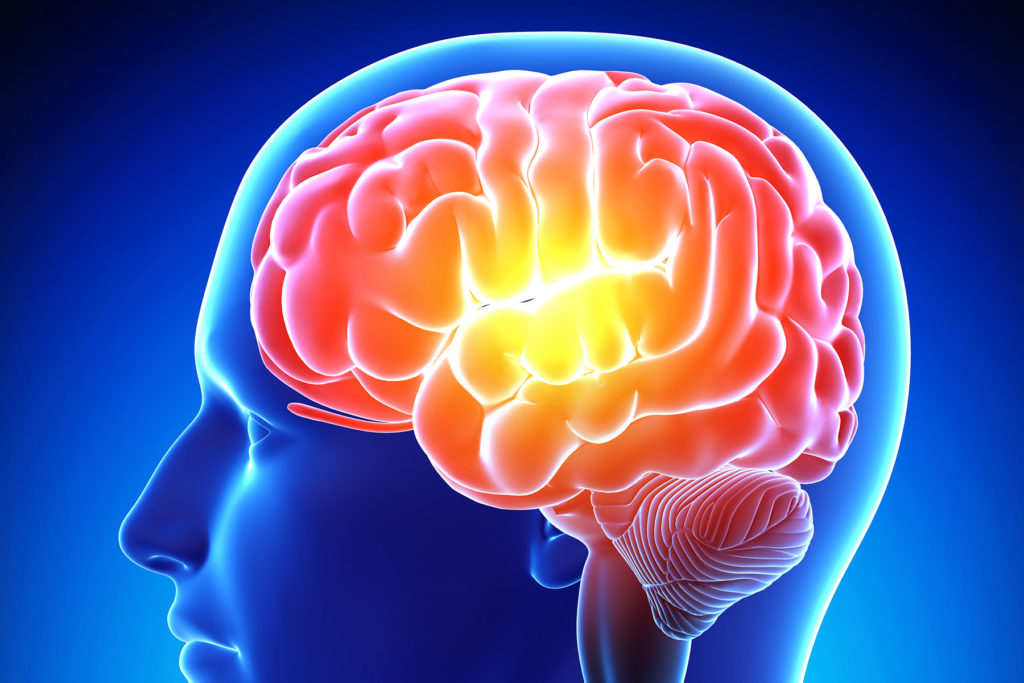Sometimes major depressive disorder (MDD) doesn’t respond to antidepressants or psychotherapy. Your symptoms may get better for a while and then come back, or they may stay the same. This is called treatment-resistant depression.
The good news is there’s another option: brain stimulation therapy. It uses electricity, implants, or magnets to trigger brain activity. Most brain stimulation therapies are new or still being tested. But researchers think they may be helpful tools for people with treatment-resistant depression. Let’s look at three of them.
Electroconvulsive Therapy
Electroconvulsive therapy (ECT) has been around for more than 80 years. It’s the most-researched type of brain stimulation therapy. It’s typically used for severe, treatment-resistant depression or bipolar disorder. Studies show ECT is safe and works well.
How It Works
You won’t feel anything because you’ll be asleep during the procedure. The doctor will also give you a muscle relaxant to help you stay still. They’ll put sticky pads with wires connected to them on your head. These are called electrodes. Once you’re asleep, controlled electrical pulses trigger a seizure that lasts less than a minute. This affects neurons and chemicals in the brain. When you wake up a few minutes later, you won’t remember what happened or how it felt. You can go home and continue your day once the anesthesia wears off.
Continued
ECT is typically given two to three times a week for a total of six to 12 treatments. How many treatments you’ll need depends on how severe your symptoms are and how quickly you respond.
Side Effects
The most common side effects are:
- Headache
- Nausea
- Fatigue
- Confusion
- Memory loss that lasts from minutes to hours
Problems learning and short-term memory loss are the biggest risks. Researchers are working on ways to fix this, such as only putting electrodes on one side of your head and shorter pulse times.
Repetitive Transcranial Magnetic Stimulation
Repetitive transcranial magnetic stimulation (rTMS) uses repeated magnetic pulses to stimulate your brain. Scientists aren’t sure how it helps depression. They think it may boost nerve cell activity in parts of the brain that control mood.
Continued
How It Works
You don’t have to be asleep to get rTMS. But you do need earplugs. That’s because the machine makes a loud clicking noise with each pulse. The doctor will put an electromagnetic coil against the front of your head. Brief electromagnetic pulses form electric currents in your brain. You’ll feel a “tapping” when the pulses come through. You can go home right away and drive yourself since you haven’t been asleep.
Continued
Scientists still aren’t sure how many treatments you need or how long they should be. But sessions are typically 30-40 minutes each. And they’re usually done 5 days a week for a month or so.
Side Effects
Common side effects include:
- Headache
- Discomfort where the electromagnetic coil was placed
- Tingling, twitching, or spasms in your facial muscles
- Feeling lightheaded
These side effects usually go away after your session and may lessen as you continue treatment.
Rare but more serious side effects include:
- Seizures
- Hearing loss, especially if you didn’t have enough ear protection during the procedure
- Mania, especially if you have bipolar disorder
Vagus Nerve Stimulation
On each side of your body, running from your brain to your belly, is a vagus nerve. Vagus nerve stimulation (VNS) was first used to treat epilepsy. But it also helps some cases of treatment-resistant depression.
How It Works
During surgery, your doctor puts a small battery-powered device under the skin of your chest. They usually put it on the left side. This is called a pulse generator. Then they guide an electrical wire to your neck and connect it to the vagus nerve.
Continued
Your doctor will turn the pulse generator on once you heal from surgery. They’ll program it to pulse every so often. A commonly used cycle is 30 seconds of nerve stimulation every 5 minutes.
Risks
Surgery risks include:
- Pain where the device was implanted
- Infection
- Difficulty swallowing
- Temporary paralysis of the vocal cords, though this can be permanent
- Bleeding
- Complications from anesthesia
The device may not work the right way. Or it may move, which you’ll need another surgery to fix.
Side Effects
Side effects can include:
- Changes in voice and hoarseness
- Cough
- Shortness of breath
- Difficulty swallowing
- Neck or throat pain
- Burning, prickling, or tingling in the skin
- Vomiting
- Upset stomach
- Headache
- Hypomania or mania
They may get better after a while. If they don’t, your doctor can change the pulse strength to see if it helps.
Effectiveness
Everyone responds differently. So there’s no way to know which brain stimulation therapy will work for you, if it works at all. It may take a few months before you feel a difference. Most people still need psychotherapy, antidepressants, or both to manage their depression. You may need maintenance treatment every week or every few months. It depends on your symptoms and which therapy you get. You and your doctor can decide what’s best.
